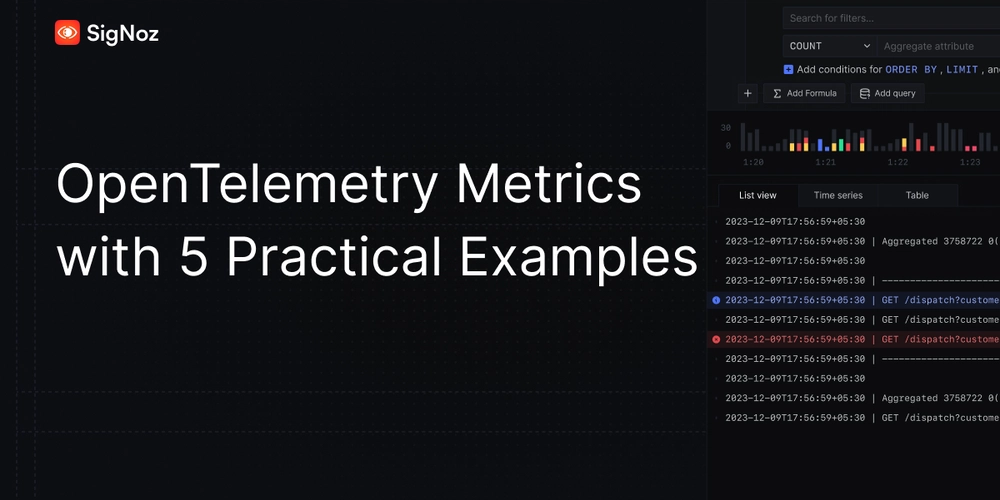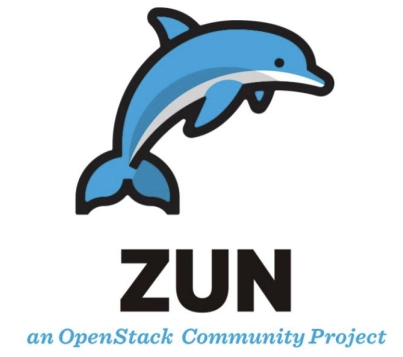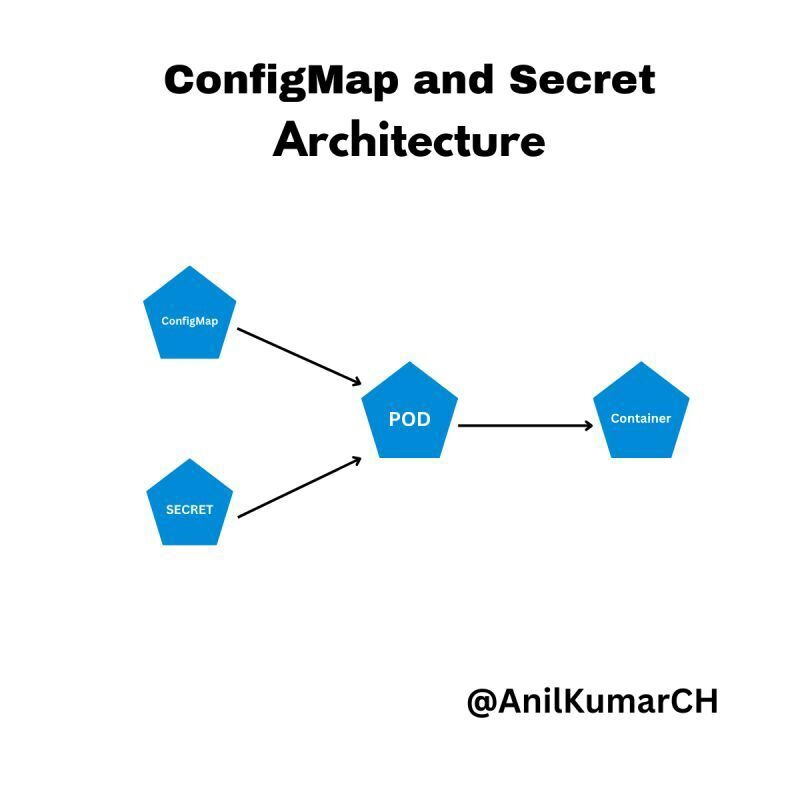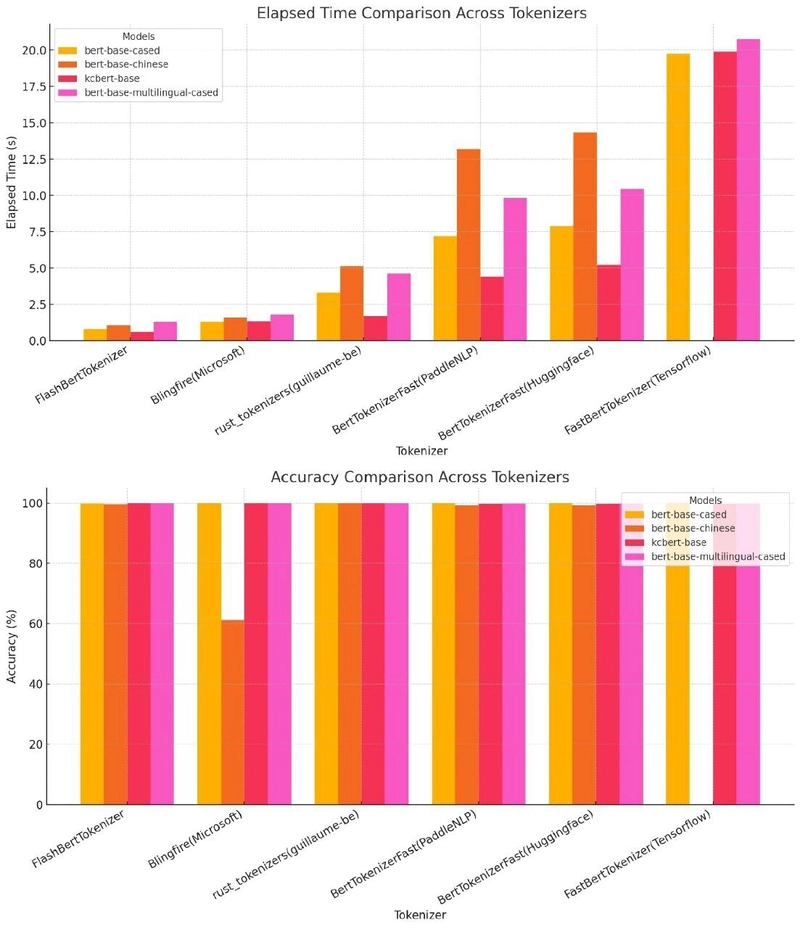A Journey from AI to LLMs and MCP - 10 - Sampling and Prompts in MCP — Making Agent Workflows Smarter and Safer
Free Resources Free Apache Iceberg Course Free Copy of “Apache Iceberg: The Definitive Guide” 2025 Apache Iceberg Architecture Guide How to Join the Iceberg Community Iceberg Lakehouse Engineering Video Playlist Ultimate Apache Iceberg Resource Guide We’ve now seen how the Model Context Protocol (MCP) allows LLMs to read resources and call tools—giving them access to both data and action. But what if your MCP server needs the LLM to make a decision? What if it needs to: Analyze a file before running a tool? Draft a message for approval? Ask the model to choose between options? That’s where Sampling comes in. And what if you want to give the user—or the LLM—reusable, structured prompt templates for common workflows? That’s where Prompts come in. In this final post of the series, we’ll explore: How sampling allows servers to request completions from LLMs How prompts enable reusable, guided AI interactions Best practices for both features Real-world use cases that combine everything we’ve covered so far What Is Sampling in MCP? Sampling is the ability for an MCP server to ask the host to run an LLM completion—on behalf of a tool, prompt, or workflow. It lets your server say: “Hey, LLM, here’s a prompt and some context. Please respond.” Why is this useful? You can generate intermediate reasoning steps Let the model propose actions before executing them Create more natural multi-turn agent workflows Maintain human-in-the-loop approval and visibility Sampling Flow Here’s the typical lifecycle: The server sends a sampling/createMessage request The host (Claude Desktop, etc.) can review or modify the prompt The host runs the LLM completion The result is sent back to the server This architecture puts control and visibility in the hands of the user, even when the agent logic runs server-side. ✉️ Message Format Here’s an example sampling/createMessage request: { "messages": [ { "role": "user", "content": { "type": "text", "text": "Please summarize this log file." } } ], "systemPrompt": "You are a helpful developer assistant.", "includeContext": "thisServer", "maxTokens": 300 } The host chooses which model to use, what context to include, and whether to show the prompt to the user for confirmation. Response: { "model": "claude-3-sonnet", "role": "assistant", "content": { "type": "text", "text": "The log file contains several timeout errors and warnings related to database connections." } } Now the server can act on that response—log it, return it as tool output, or chain it into another step. Best Practices for Sampling Best Practice Why It Matters Use clear system prompts Guides model behavior contextually Limit tokens Prevent runaway completions Structure responses Enables downstream parsing (e.g. JSON, bullets) Include only relevant context Keep prompts focused and cost-effective Respect user control The host mediates the actual LLM call What Are Prompts in MCP? Prompts are reusable, structured templates that servers can expose to clients. Think of them like slash commands or predefined workflows: Pre-filled with helpful defaults Accept arguments (e.g. "project name", "file path") Optionally include embedded resources Surface in the client UI Prompts help users and LLMs collaborate efficiently by standardizing useful tasks. ✨ Prompt Structure Prompts have: A name (identifier) A description (for discovery) A list of arguments (optional) A template for generating messages Example: { "name": "explain-code", "description": "Explain how this code works", "arguments": [ { "name": "language", "description": "Programming language", "required": true }, { "name": "code", "description": "The code to analyze", "required": true } ] } Clients use: prompts/list to discover prompts prompts/get to resolve a prompt and arguments into messages Dynamic Prompt Example A server might expose: { "name": "analyze-logs", "description": "Summarize recent logs and detect anomalies", "arguments": [ { "name": "timeframe", "required": true } ] } When the user (or LLM) runs it with: { "timeframe": "1h" } The resolved prompt could include: A message like: “Please summarize the following logs from the past hour.” An embedded resource (e.g. logs://recent?timeframe=1h) Output ready for sampling Sampling + Prompts = Dynamic Workflows When you combine prompts + sampling + tools, you unlock real agent behavior. Example Workflow: User selects prompt: "Analyze logs and suggest next steps" Server resolves the prompt and calls sampling/createMessage LLM returns: “The logs show repeated auth failures. Suggest checking OAuth config.” Server calls tools/call to run c

Free Resources
- Free Apache Iceberg Course
- Free Copy of “Apache Iceberg: The Definitive Guide”
- 2025 Apache Iceberg Architecture Guide
- How to Join the Iceberg Community
- Iceberg Lakehouse Engineering Video Playlist
- Ultimate Apache Iceberg Resource Guide
We’ve now seen how the Model Context Protocol (MCP) allows LLMs to read resources and call tools—giving them access to both data and action.
But what if your MCP server needs the LLM to make a decision?
What if it needs to:
- Analyze a file before running a tool?
- Draft a message for approval?
- Ask the model to choose between options?
That’s where Sampling comes in.
And what if you want to give the user—or the LLM—reusable, structured prompt templates for common workflows?
That’s where Prompts come in.
In this final post of the series, we’ll explore:
- How sampling allows servers to request completions from LLMs
- How prompts enable reusable, guided AI interactions
- Best practices for both features
- Real-world use cases that combine everything we’ve covered so far
What Is Sampling in MCP?
Sampling is the ability for an MCP server to ask the host to run an LLM completion—on behalf of a tool, prompt, or workflow.
It lets your server say:
“Hey, LLM, here’s a prompt and some context. Please respond.”
Why is this useful?
- You can generate intermediate reasoning steps
- Let the model propose actions before executing them
- Create more natural multi-turn agent workflows
- Maintain human-in-the-loop approval and visibility
Sampling Flow
Here’s the typical lifecycle:
- The server sends a
sampling/createMessagerequest - The host (Claude Desktop, etc.) can review or modify the prompt
- The host runs the LLM completion
- The result is sent back to the server
This architecture puts control and visibility in the hands of the user, even when the agent logic runs server-side.
✉️ Message Format
Here’s an example sampling/createMessage request:
{
"messages": [
{
"role": "user",
"content": {
"type": "text",
"text": "Please summarize this log file."
}
}
],
"systemPrompt": "You are a helpful developer assistant.",
"includeContext": "thisServer",
"maxTokens": 300
}
The host chooses which model to use, what context to include, and whether to show the prompt to the user for confirmation.
Response:
{
"model": "claude-3-sonnet",
"role": "assistant",
"content": {
"type": "text",
"text": "The log file contains several timeout errors and warnings related to database connections."
}
}
Now the server can act on that response—log it, return it as tool output, or chain it into another step.
Best Practices for Sampling
Best Practice Why It Matters
- Use clear system prompts Guides model behavior contextually
- Limit tokens Prevent runaway completions
- Structure responses Enables downstream parsing (e.g. JSON, bullets)
- Include only relevant context Keep prompts focused and cost-effective
- Respect user control The host mediates the actual LLM call
What Are Prompts in MCP?
Prompts are reusable, structured templates that servers can expose to clients.
Think of them like slash commands or predefined workflows:
Pre-filled with helpful defaults
Accept arguments (e.g. "project name", "file path")
Optionally include embedded resources
Surface in the client UI
Prompts help users and LLMs collaborate efficiently by standardizing useful tasks.
✨ Prompt Structure
Prompts have:
A name (identifier)
A description (for discovery)
A list of arguments (optional)
A template for generating messages
Example:
{
"name": "explain-code",
"description": "Explain how this code works",
"arguments": [
{
"name": "language",
"description": "Programming language",
"required": true
},
{
"name": "code",
"description": "The code to analyze",
"required": true
}
]
}
Clients use:
prompts/listto discover promptsprompts/getto resolve a prompt and arguments into messages
Dynamic Prompt Example
A server might expose:
{
"name": "analyze-logs",
"description": "Summarize recent logs and detect anomalies",
"arguments": [
{
"name": "timeframe",
"required": true
}
]
}
When the user (or LLM) runs it with:
{
"timeframe": "1h"
}
The resolved prompt could include:
A message like:
“Please summarize the following logs from the past hour.”An embedded resource (e.g.
logs://recent?timeframe=1h)Output ready for sampling
Sampling + Prompts = Dynamic Workflows
When you combine prompts + sampling + tools, you unlock real agent behavior.
Example Workflow:
User selects prompt: "Analyze logs and suggest next steps"
Server resolves the prompt and calls sampling/createMessage
LLM returns: “The logs show repeated auth failures. Suggest checking OAuth config.”
Server calls tools/call to run check_auth_config
LLM reviews the result and writes a summary
All controlled via:
Standardized MCP messages
User-visible approvals
Modular server logic










































































































































































![[The AI Show Episode 142]: ChatGPT’s New Image Generator, Studio Ghibli Craze and Backlash, Gemini 2.5, OpenAI Academy, 4o Updates, Vibe Marketing & xAI Acquires X](https://www.marketingaiinstitute.com/hubfs/ep%20142%20cover.png)



























































































































![[DEALS] The Premium Learn to Code Certification Bundle (97% off) & Other Deals Up To 98% Off – Offers End Soon!](https://www.javacodegeeks.com/wp-content/uploads/2012/12/jcg-logo.jpg)


![From drop-out to software architect with Jason Lengstorf [Podcast #167]](https://cdn.hashnode.com/res/hashnode/image/upload/v1743796461357/f3d19cd7-e6f5-4d7c-8bfc-eb974bc8da68.png?#)








































































































.png?#)





.jpg?#)
















![iPhone 17 Pro Won't Feature Two-Toned Back [Gurman]](https://www.iclarified.com/images/news/96944/96944/96944-640.jpg)












_Christophe_Coat_Alamy.jpg?#)
 (1).webp?#)





































































































![Tariffs Threaten Apple's $999 iPhone Price Point in the U.S. [Gurman]](https://www.iclarified.com/images/news/96943/96943/96943-640.jpg)








































































































































